The original solar fence from Next2Sun
Known from



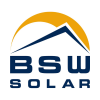



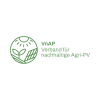

Support for the energy transition
Climate change and the associated current events are calling for an increasingly urgent energy transition on the part of Europe and the entire world.
Nevertheless, not only operators of renewable energy systems, but also regulators, energy suppliers and, above all, authorities and executive, regional and municipal bodies are constantly faced with new challenges.
This applies not only to the currently frequently cited duration of procedures and approvals for plant concepts, but also to the different interpretations and interpretations of regulations and the creation of framework conditions for implementation and construction.
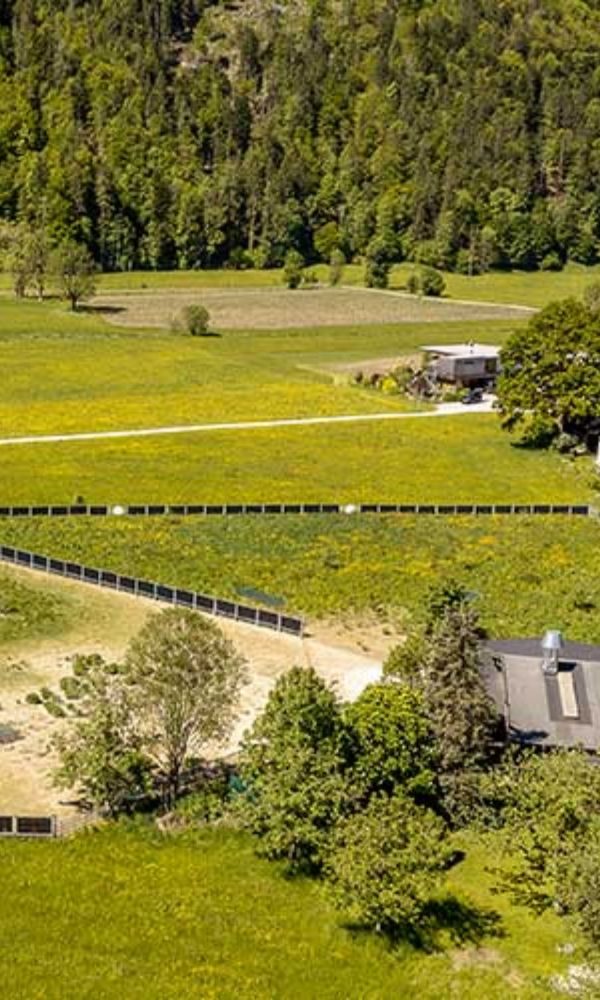


Winner of the Austrian Solar Prize 2019

Winner of the German Solar Prize 2020

Winner of the Austrian Solar Prize 2019

Winner of the German Solar Prize 2020
Together for the benefit of all
Public entities, such as municipalities and building authorities, play a crucial role in facilitating and accelerating the expansion of renewable energy installations. Moreover, they often act as intermediaries, bridging the gap between applicants, neighbors, and the public.
Additionally, due to rapid technological advancements and innovations in the field of renewable energy, building regulations may not always reflect the latest state of technology. Therefore, a balanced interpretation is often required, one that not only appropriately considers the interests of local stakeholders but also keeps the bigger picture in mind.
Commitment to positive change
We aim to actively serve as a mediator and information provider, as well as to offer support to authorities, agencies, and ministries.
Below, you will find valuable topics and information on the use of our bifacial solar fence Fence2Sun, specifically addressing approval-related aspects. For more details about the Next2Sun solar fence, please visit our FAQ page or explore the other pages in this section.
Building law and landscape impact
Like any public construction project, the solar fence has a visual impact on the town and the landscape.
PV modules equivalent to fence elements/panels
Despite its unconventional appearance, this design is environmentally friendly and does not harm the area where it is installed. As an agri-PV solution, the solar fence allows for continued land cultivation, provides a secure enclosure, and produces eco-friendly electricity.
Historically, new structures such as noise barriers faced significant opposition and debates more than 20 years ago but eventually became accepted. The new solar fence is currently experiencing a similar situation.
In Austria alone, there are nine different regulations for such installations. In Germany, building law is even more complex. Therefore, an open, uncomplicated dialogue and a more flexible approach to the concept of solar fences are crucial to facilitate an easier transition to renewable energy.
Glare-free solution
Guaranteed quality


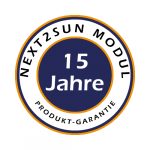




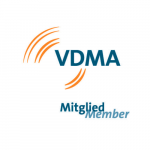
Examples of successfully implemented solar fence projects
The Fence2Sun is very popular and enjoys a high level of demand from users – whether in private households, in agriculture, among companies and tradespeople or in local authorities.
In all projects, we have been able to successfully bring the interests and concerns of all partners involved to a consensus and have not received any negative feedback since construction – e.g. with regard to landscape development or nature-related issues.
In our experience, any project in the context of the energy transition can be implemented well and quickly if different project partners and stakeholders work together constructively, pull together and have a generally positive approach to the topic of renewable energy.






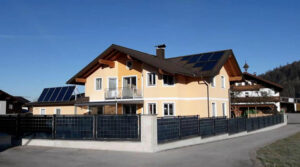

Your energy independence starts here!
Achieve up to 10 % higher electricity yields per installed kW compared to conventional ground-mounted systems

